mwilliamanderson
Brilliant_Rock
- Joined
- Aug 13, 2013
- Messages
- 1,223
So the combination P41Cr34.5 was more risky 100 years ago. With modern cutting and measurements technologies such angles combination has almost zero risk either for cutters or consumers.
Very interesting Serg, thanks for that information! I’m curious how far you would be comfortable increasing the crown angle with a 41 degree pavillion?

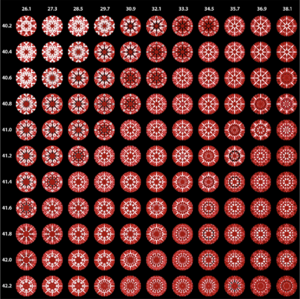
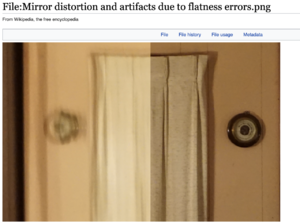
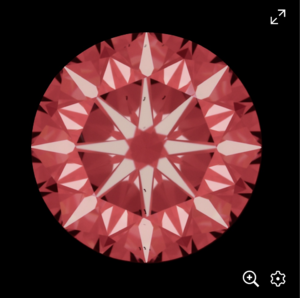
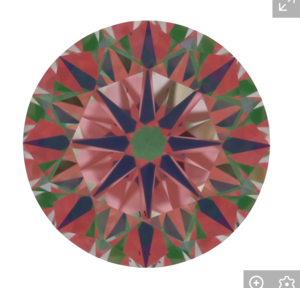
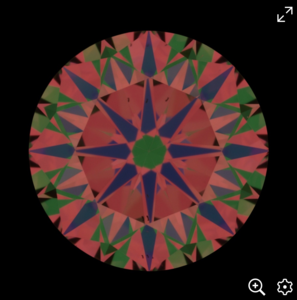
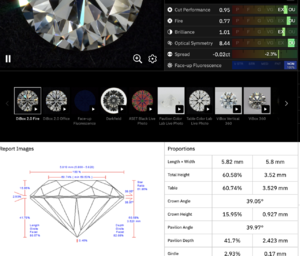


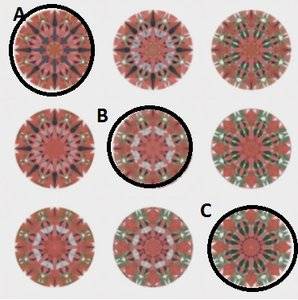
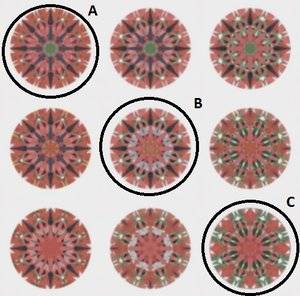

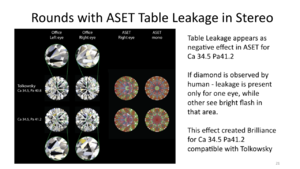
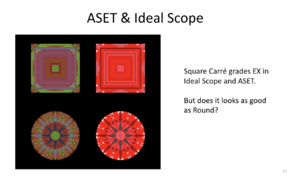
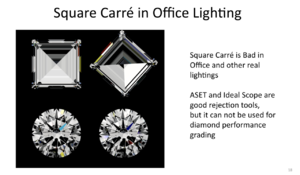


300x240.png)